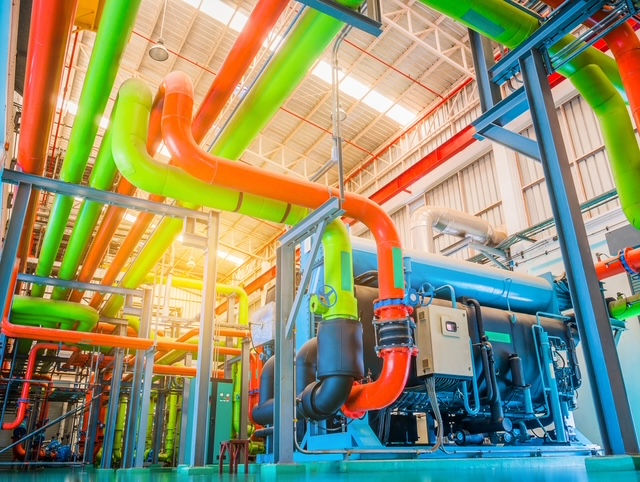Understanding the Science of Resonance and Its Effects on HVAC
- MSC
- Nov 9, 2023
- 2 min read
Occasionally when MSC is challenged to determine the cause of excessive vibration in equipment such as fans, compressors, and pumps, a phenomenon known as resonance is found to be at play.

To understand resonance, we first must understand natural frequency, the specific rate at which an object will vibrate when excited by a single force or impulse. Resonance occurs when an object is exposed to external vibrations with a natural frequency matching its own, resulting in an amplification of these vibrations. It is the force at work when an opera singer shatters a crystal glass by holding a note at the glass’s natural frequency, or when an idling truck causes a water cooler in a nearby building to vibrate because the cooler is in resonance with the truck’s engine. Resonance can also occur at multiples of an object’s natural frequency.
Critical speed is the angular velocity that excites the natural frequency of a rotating object. All rotating mechanical shafts, regardless of how well-balanced they are, will deflect during rotation and create resonant vibrations at critical speed. Manufacturers of rotating equipment calculate approximate critical speeds during the design phase and advise end users to avoid this value by ±20%. This range can be narrowed by conducting a vibration survey of the equipment after installation to pinpoint the true natural frequency. Equipment operated above critical speed should be monitored and controlled to pass through this band quickly during acceleration and deceleration to prevent damage to bearings, seals, blades, and shafts.
Structural resonance, the excessive vibration of non-rotating components or supporting structures, is a condition that can arise when rotating elements are operated at the structure’s resonance point. Structural resonance can be controlled by modifying stiffness or mass and increasing damping to absorb vibratory energy and change the natural frequency of the structure. Protections against both structural resonance and vibrations at critical speed can be wired into the control panel to shut down equipment veering into the danger zone.
For more information, contact MSC at 973-884-5000.




Comments